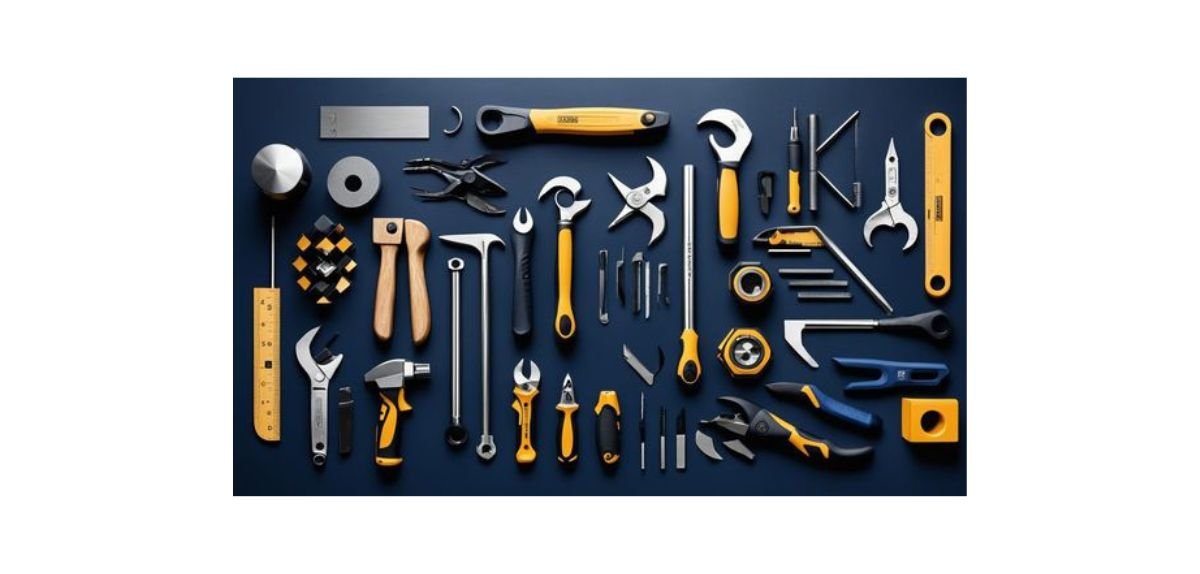
As there are various tasks for spanner sets, they are commonly used to loosen or tighten many types of nuts and bolts. This handy tool, which is defined by the type and size of spanner needed for a specific bolt or nut, will determine the exact purpose and application of a specific spanner set. In the world, many manufacturers, producers, and distributors provide a wide range of spanner sets. Here we will discuss some of the most popular 12 types of spanner sets for every kind of work.
Types of Spanners
- Box Spanner
- Ring Spanner
- Ratchet Spanner
- Flare Nut Spanner
- Socket Spanner
- Metric Spanner
- Open Ended Spanner
- Insulated Spanner
- Combination Spanner
- Imperial Spanner
- Adjustable Spanner
- Flexible Head Spanner
- Box Spanner

The long, cylindrical shape of the tools makes a box spanner set—also known as a tubular spanner set—easily recognized. These kits are basically made up of different rounded metal tubes that are designed to be put over nuts. Typically, each end of the tube has a hexagonal opening. They contact the nut on all sides, giving them a better grip than the majority of jaw-type spanners.
Pros
- Wide-scale application
- Easy to use
Cons
- Required hand effort
- Ring Spanner
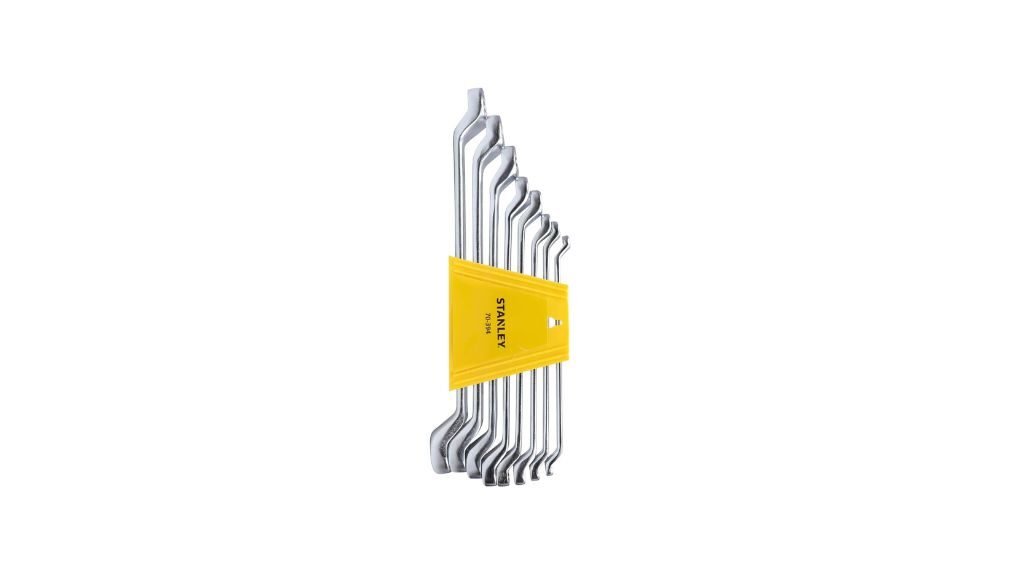
A ring spanner set works similarly to the box spanner sets, but ring spanners are made in a more conventional spanner configuration, which signifies that they are often made as a single metal bar that spins to a nut from the side rather than the top.
Pros
- Nut bolts can be easily gripped
- Efficiency
Cons
- Required hand effort
- Ratchet Spanner
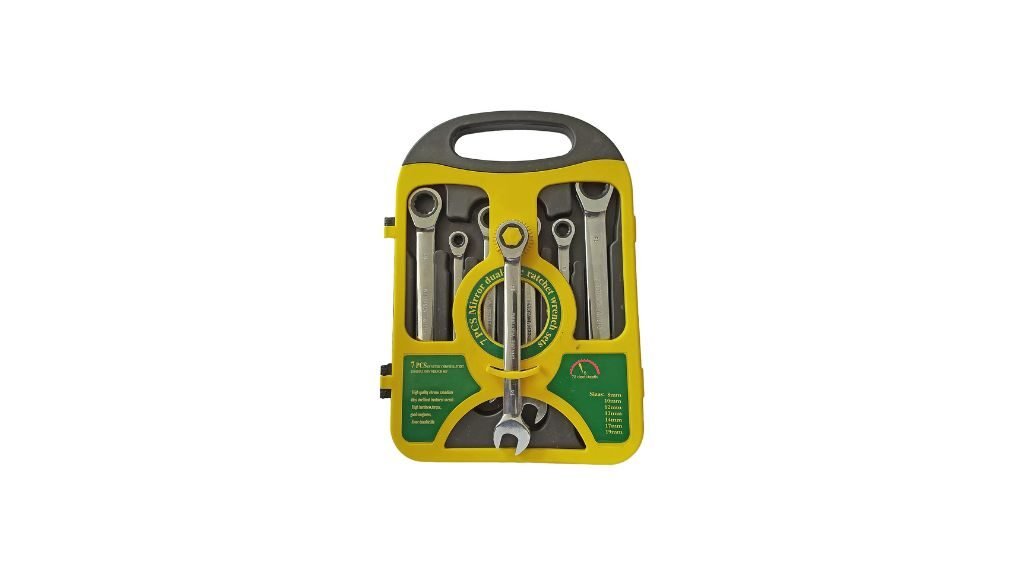
Because ratchet spanner sets are frequently among the priciest varieties of spanner kits, their convenient additional feature makes them undoubtedly one of the most widely used designs in professional and personal tool kits worldwide.
Pros
- Easy to use
- Ergonomic features
- Lightweight
Cons
- Required hand effort
- Force and working in tight
- Flare Nut Spanner
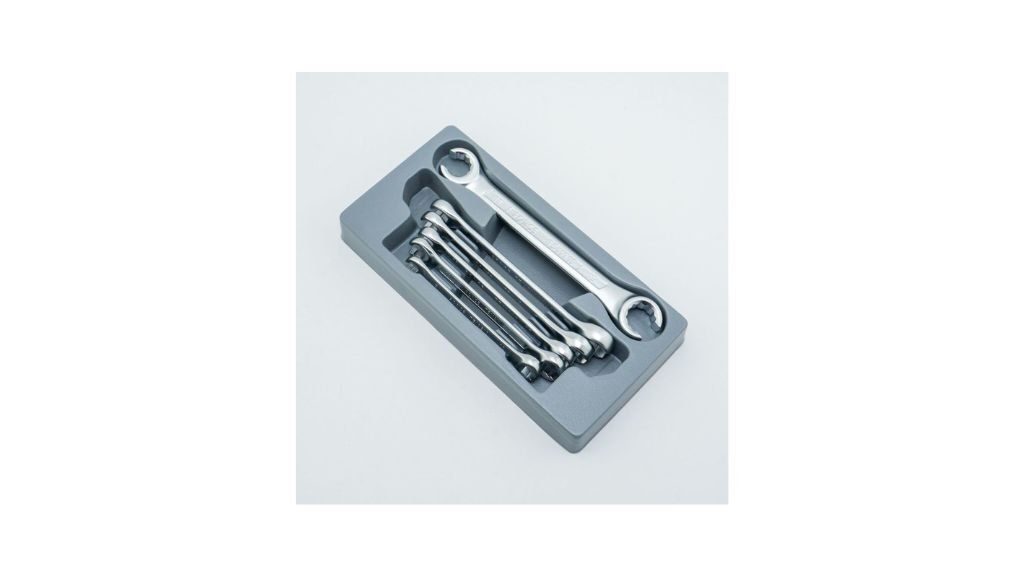
Flare nut spanners are functionally similar to ring spanners and regular jaw spanners, offering a combination of features. They provide a similar tight-gripping multi-surface contact to a ring spanner, with the exception that the head loop’s diameter has a cutaway.
Pros
- Durability
- Versatile
- Handy grip
Cons
- Required hand effort
- Force and working in tight
- Socket Spanner
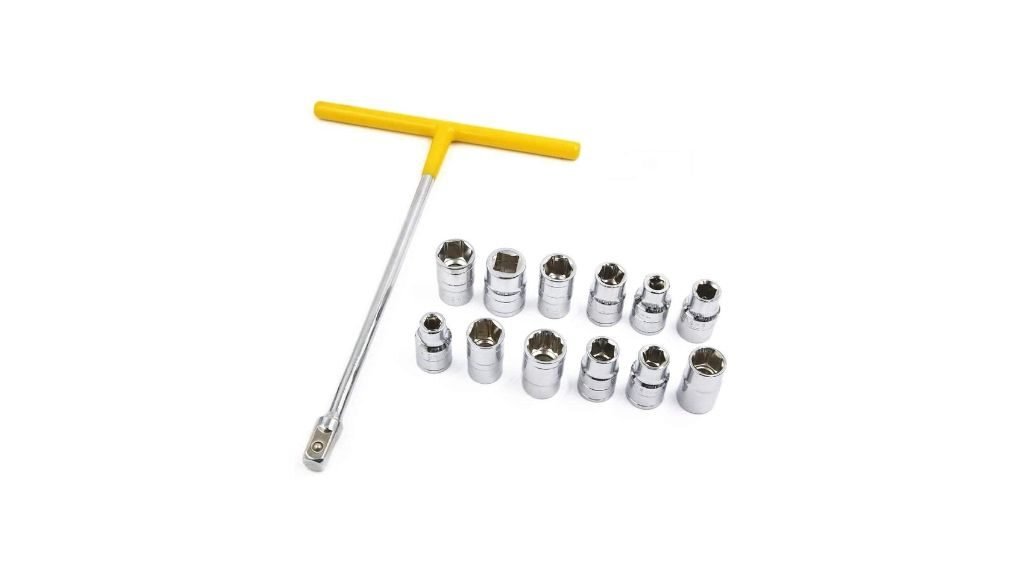
The operation of a socket spanner set is very similar to that of a box spanner; however, the kits typically consist of a single spanner shaft with several interchangeable heads or sockets. These also come into contact with the fastener from all sides, but with a Tommy bar, the torque is applied through the shaft.
Pros
- Available in small and big sizes in the form of sets
- Lightweight
- Easy grip
Cons
- Required hand effort
- Force and working in tight
- Metric Spanner
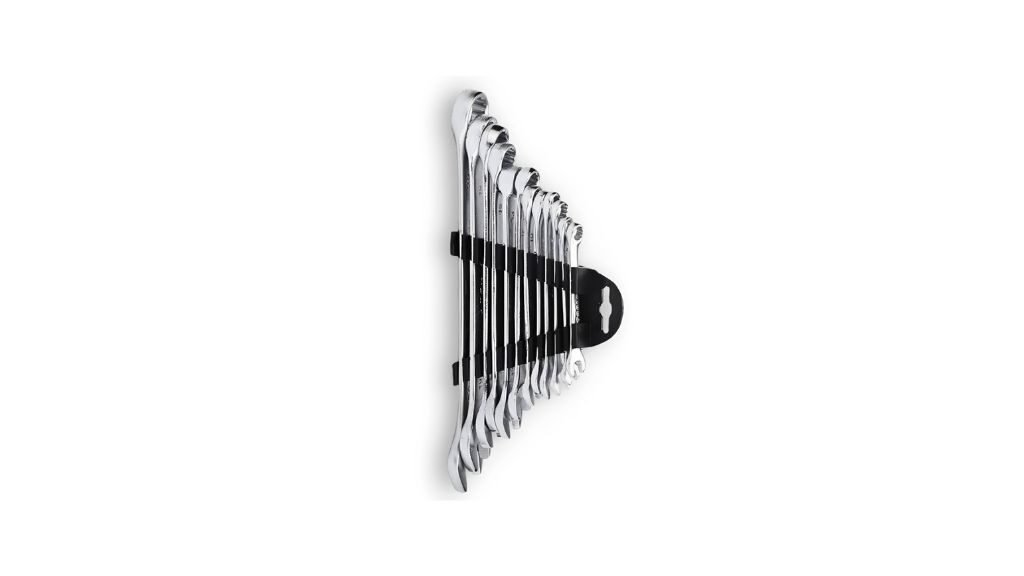
Compared to imperial inch-based kits for earlier fittings, metric spanner sets are a more up-to-date standard tool, made to tackle nuts and fasteners defined by millimeter dimensions.
Pros
- Wide range of different-sized spanners
- Versatility
- Durable and high-performance
Cons
- Required hand effort
- Force and working in tight
- Open Ended Spanner
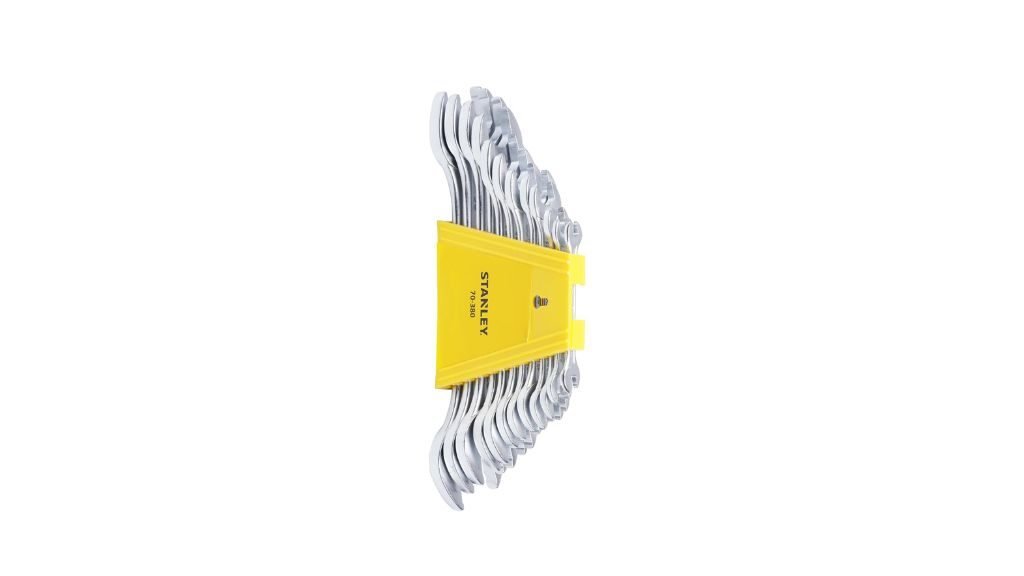
Open-ended spanners are undoubtedly the basic tool type that everyone is familiar with, a straightforward, frequently one-piece jaw spanner that can be used for a variety of tasks.
Pros
- No electricity required
- Additional features
- Single-end spanner set
Cons
- Required hand effort
- Force and working in tight
- Insulated Spanner
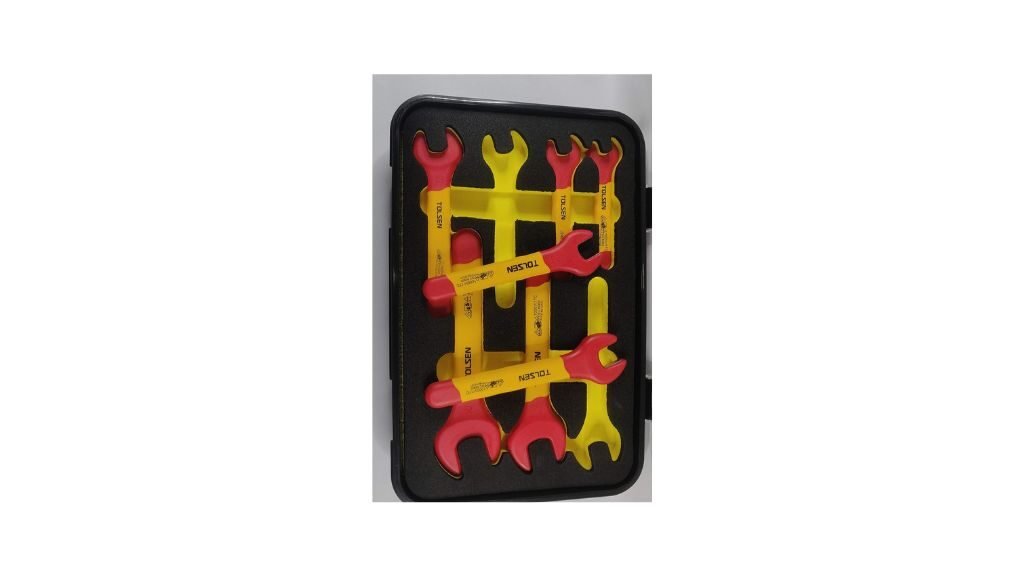
All insulated spanner sets have one feature in common: they are designed especially to be used with fasteners in electrical components or circuits. They have different types of heads and other functions for various purposes.
Pros
- It has a simple grip and helps to rotate as many revolutions
- Accuracy and control
- Easy to use
Cons
- Required hand effort
- Force and working in tight
- Combination Spanner
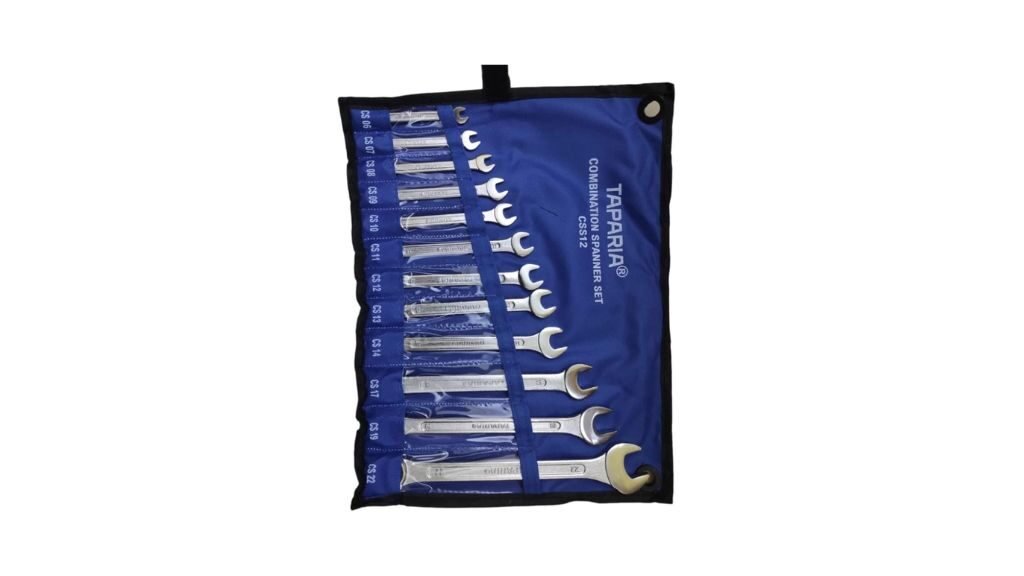
As the name signifies, combination spanner sets typically provide a greater variety of head types to deal with different types and sizes of nuts and fasteners with a single tool kit.
Pros
- Ergonomic design and features
- Easy to handle
- Lightweight
Cons
- Required hand effort
- Force and working in tight
- Imperial Spanner
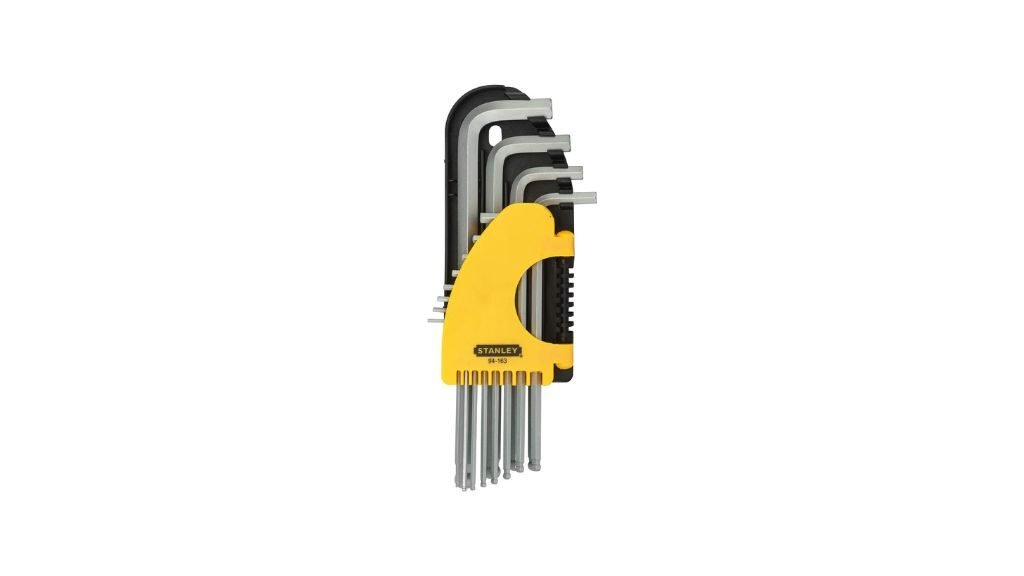
Rather than signifying a specific purpose or kind of head or shaft design, an imperial spanner set is just any type of spanner set made for fasteners that are measured in imperial units (inches and fractions of inches, as opposed to millimeters).
Pros
- Compatible to deal with different types of fasteners
- User-friendly tool
- Lightweight, agile, and easy to handle
Cons
- Required hand effort
- Force and working in tight
- Adjustable Spanner
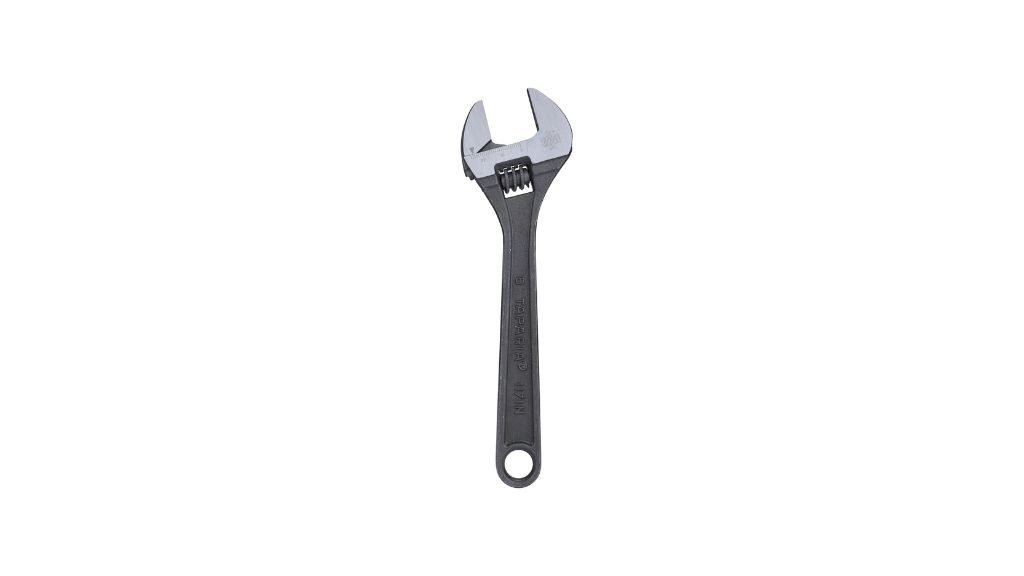
The standard open-ended head design of adjustable spanners is usually combined with a manual jaw opening and closing mechanism powered by a screw-driven rotating cylinder.
Pros
- Designed to fix wide-scale application
- Versatility
- High-quality material made
Cons
- Required hand effort
- Force and working in tight
- Flexible Head Spanner

A flexible spanner, also known as a flex-head, is a tool that has an additional feature that lets the spanner’s head rotate to fit different angles and points on ratchets or sockets.
Pros
- Better access to the nuts or bolts
- Serves the functions of two spanners at once
- Easy to use
Cons
- Required hand effort
- Force and working in tight
Top 5 Spanner Brands in India
Stanley
Taparia
AmazonBasics
Visko
X RON
Aegon
Buildskill
Tata Agrico
Inditrust
Goodyear
Maintenance Care Tips
Spanner maintenance is a crucial factor in lasting the tool longer and it is very simple.
This tool requires daily washing and cleaning with soap and water.
Lubricants are another option that can be used to stop spanner tools from rusting.
User manuals for spanner sets can be useful in maintenance care.
FAQs on Types of Spanner
What makes a spanner different from a wrench?
The wrench usually has adjustable jaws, while the spanners are more frequently available in a variety of set sizes; these are the main differences between a wrench and a spanner. For tightening or loosening screws you can use both tools.
Which spanner is the most useful?
The most often useful tool is the double-ended spanner, which has two open-end heads, one at each end.
What is a spanner used for?
A spanner is a tool that is used to deliver torque and provide grip to turn or stop the turning of objects, mainly rotational fasteners like nuts and bolts.
How should a spanner be maintained?
Spanners should be kept in a dried condition as moisture can lead to corrosion and can result in degrading the tool.
Which material-based spanners are best for use?
Highly durable steel alloys, such as chrome-molybdenum and chrome vanadium, are generally used for manufacturing spanners. Such materials are best and provide longevity and resilience to deterioration.
Conclusion: Typically, spanner sets are purchased as a single kit that includes a variety of spanner sizes, giving users a wide range of options and flexibility when working with nuts and bolts of any size. In general, choosing the best spanner sets will be more economical than buying variously sized tools separately because they come in a box, case, or foam tray for protection and convenience. You can go over some of the more popular sizes and types of spanners on Coupontalk guide for what to use in different tasks. Consider the premium brands to look for when choosing tools for your next tool kit upgrade.



